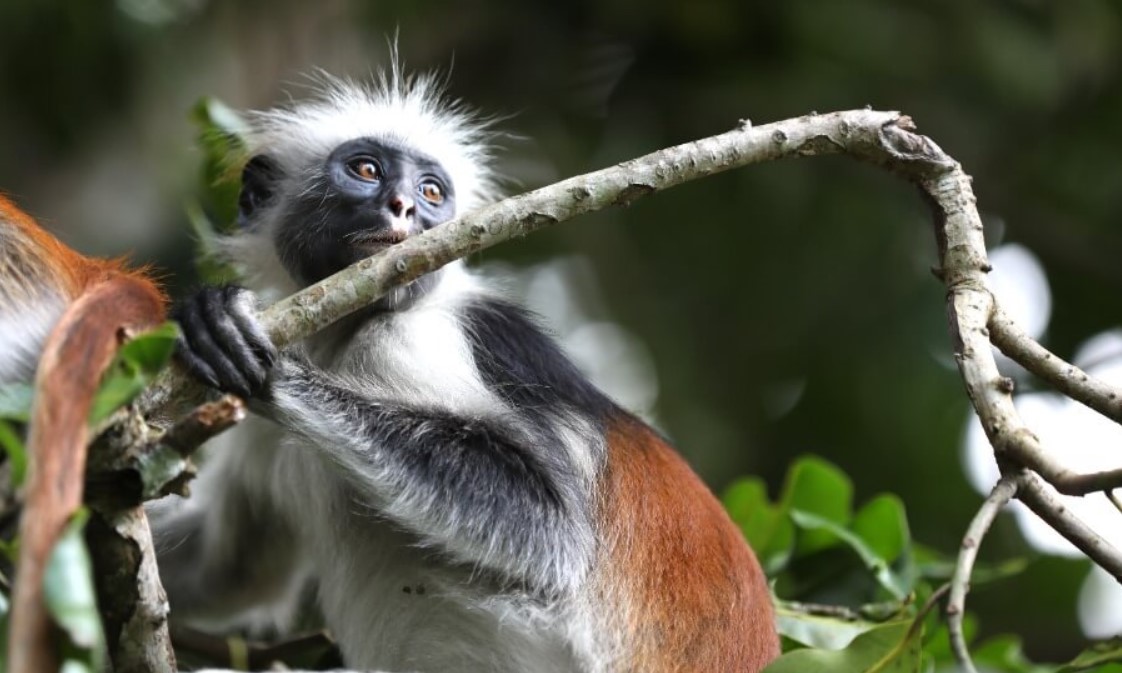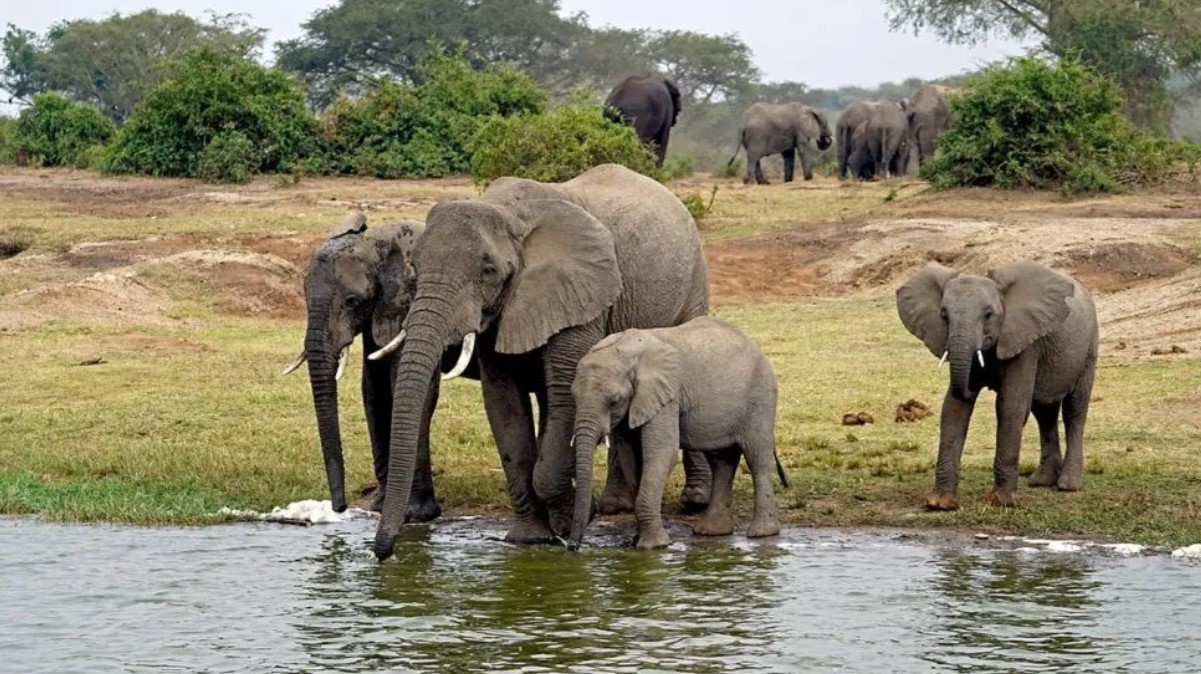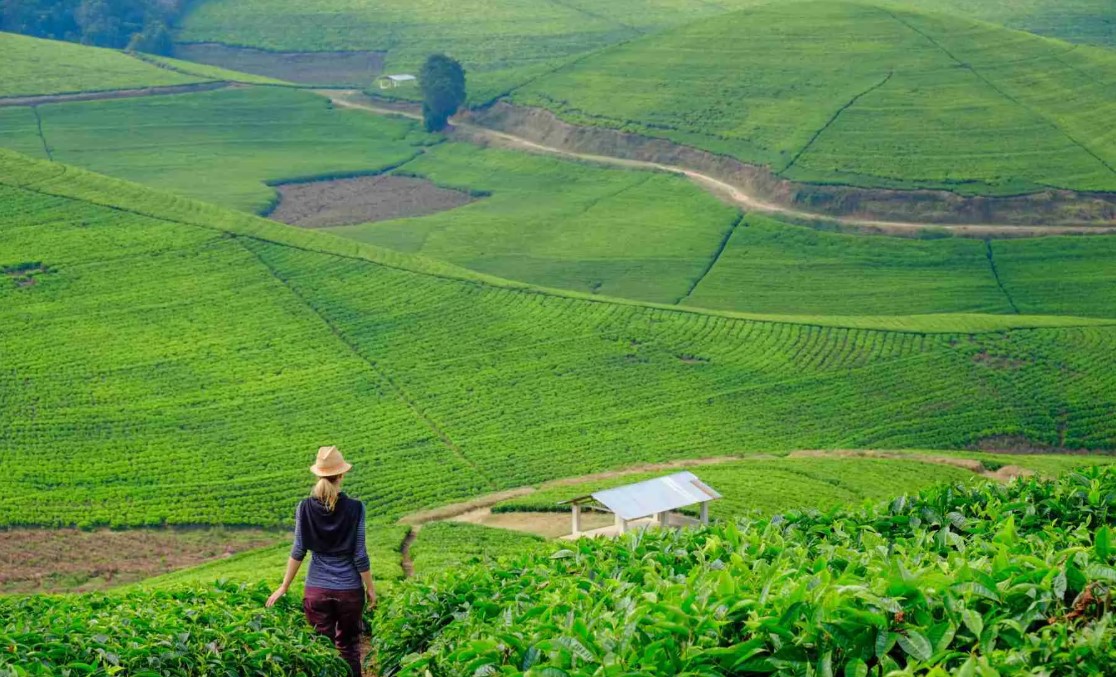
Bururi Nature Reserve Burundi
Bururi Nature Reserve Burundi: This colonizer-created reserve, is situated in the Bururi mountain range that overlooks the city to the west, protects a mountain rainforest that is 1,700–2,307 meters high (Mount Bururi). Once making about two-thirds of the park’s overall size (3,000 hectares), the montane forest today only makes up one-third. It is part of the Congo-Nile basin eco-system. This forest shares many characteristics with the Kibira forest in terms of both wildlife. Nonetheless, its uniqueness has resulted from its ancient isolation from Kibira and its less humid climate. There are 250 distinct plant species, the rarest of which nest in the Siguvyaye valley and at the bottom of the ravines, although there is less diversity in the fauna.
Bururi Nature Reserve attractions
Due to Burundi’s extensive deforestation for agriculture and human settlement, the forest is more significant for its species of birds and some of its indigenous trees.
Distinctive species of trees
Among the sparser areas are the large-leafed Albizia forest (Albizia gummifera), wild banana trees (Ensete ventricosum), yellow-flowered bushes known as umurerabana (Bersama abyssinica), and dragon trees (Dracaena Afromontane) with their magnificent crimson blooms.
Wildlife species in Bururi Forest Reserve
This area was formerly home to the elusive African leopard, but because of the kings’ practice of using the the leopard skin as a symbol, the leopards were hunted down and are now extinct.
Some species of snakes that are found in Kibira National Park, are also sheltered in Bururi Nature Forest Reserve.
A breeding site for Congo-Nile species
Few bird species may still be spotted in the deep forest copy of Bururi Nature Reserve, which is a significant place for various species of birds, due to the remaining indigenous tree species.
With over 117 species of birds recorded, including several endemic species, there are many bird species which makes birding the main activity within this forest reserve.Livingstone touracos (Tauraco livingstonii) and brown-breasted abalone (Alethe poliocephala), which are hardly spotted elsewhere, are commonily seen in this great birding destination.
Accessing Bururi Nature Reserve
The Bururi Forest is 125 kilometers from Bujumbura, the capital city of Bujumbura, and it can take up to 2 hours to get there in a private 4×4 car.
When is the best time to visit Bururi Nature Reserve
Are you wonderin what could be the best time to visit Burundi for Bururi Nature Reserve safari? Since only the reserve can be visited during day time, travelers are advised to do the walk in the morning. Mornings are ideal for bird watching, whereas birders may have a great opportunity to seethe few monkey species left .
Accommodation options to book while Bururi Nature Reserve safari
Since there are no lodging alternatives in the Bururi national reserve, tourists book their lodges in Bujumbura, the country’s capital city, then drive to the forest and back. The finest places to stay in Bujumbura are the Hotel Club Du Lac Tanganyika and the Kangaroo Hotel Bujumbura.





